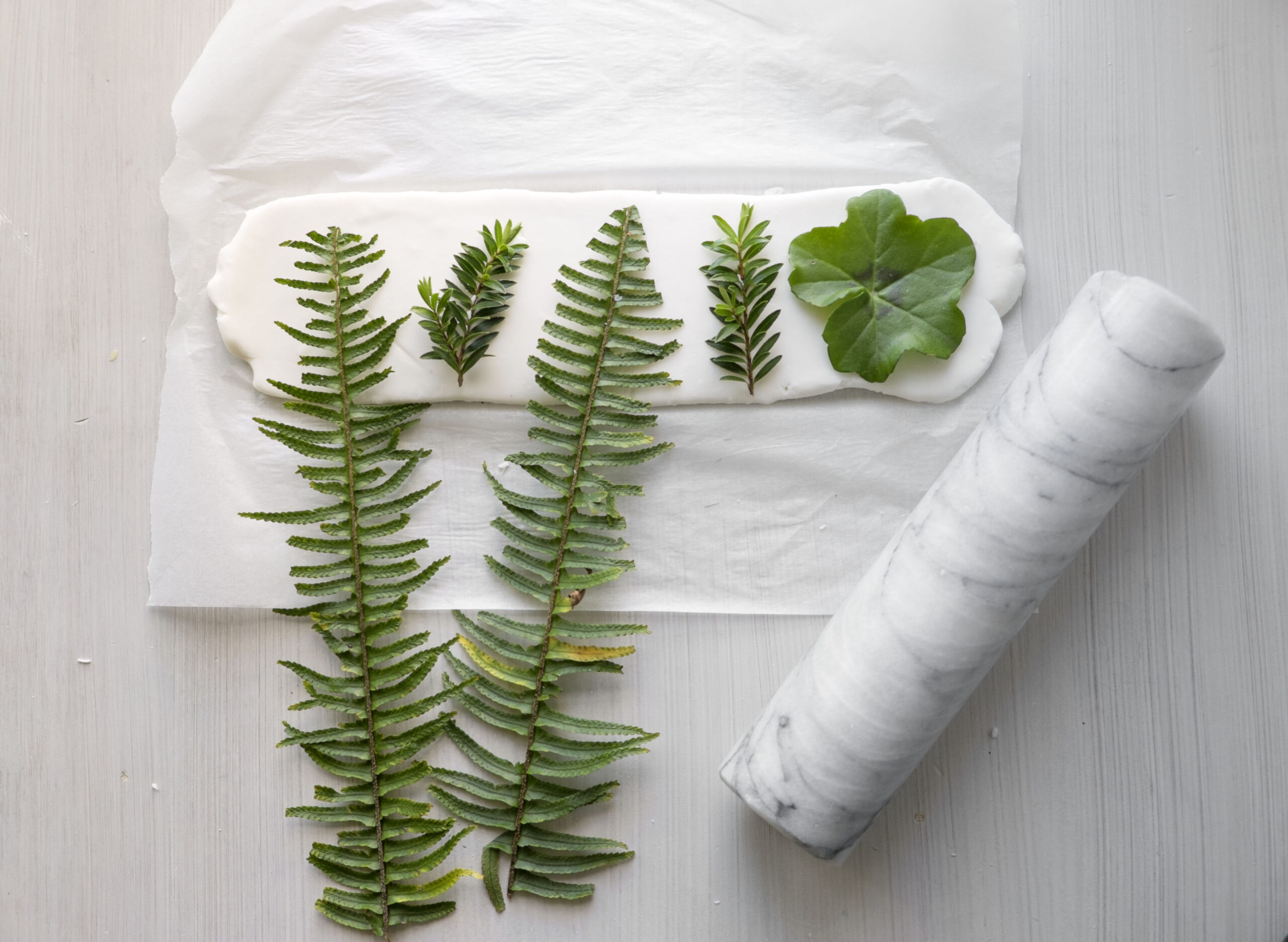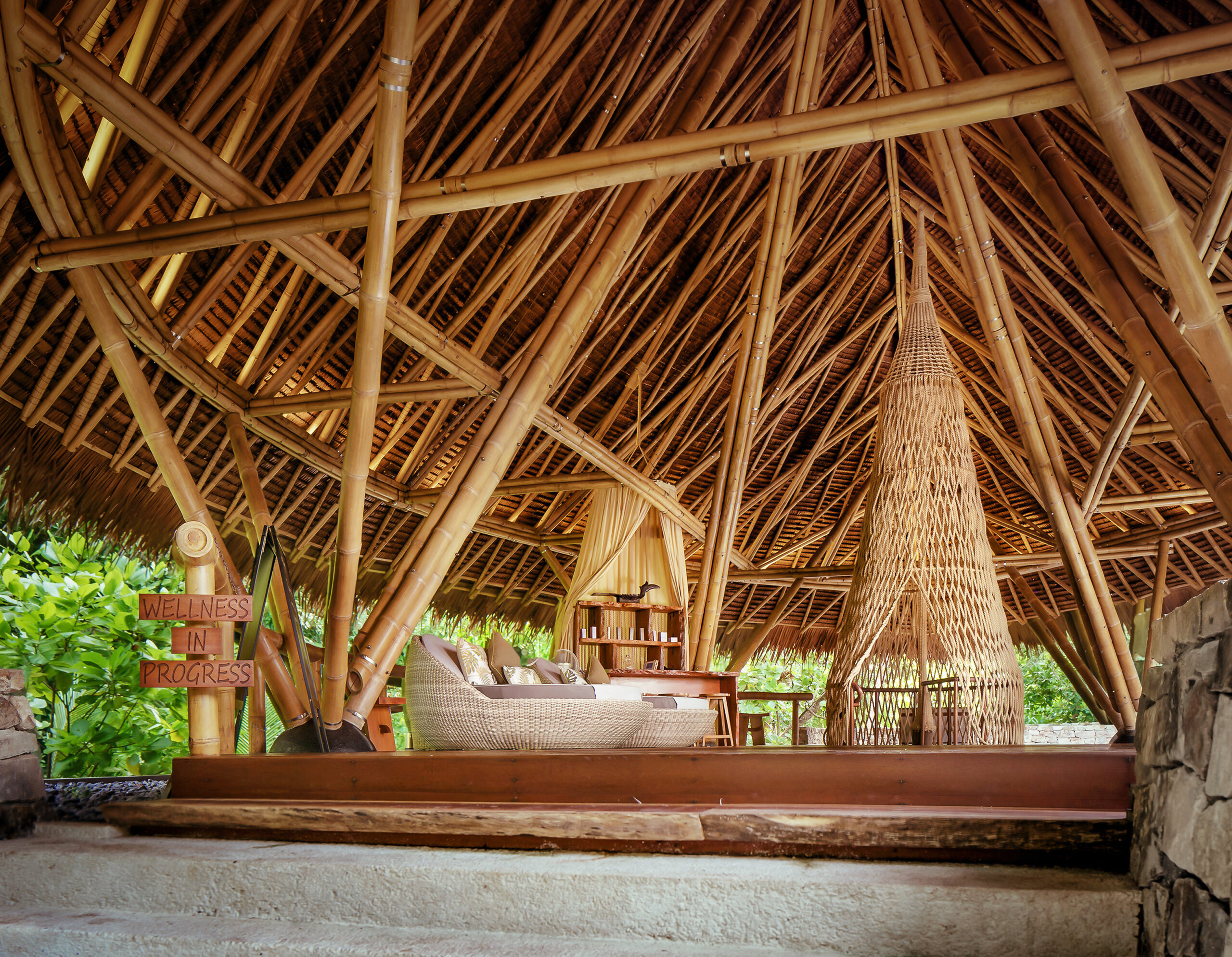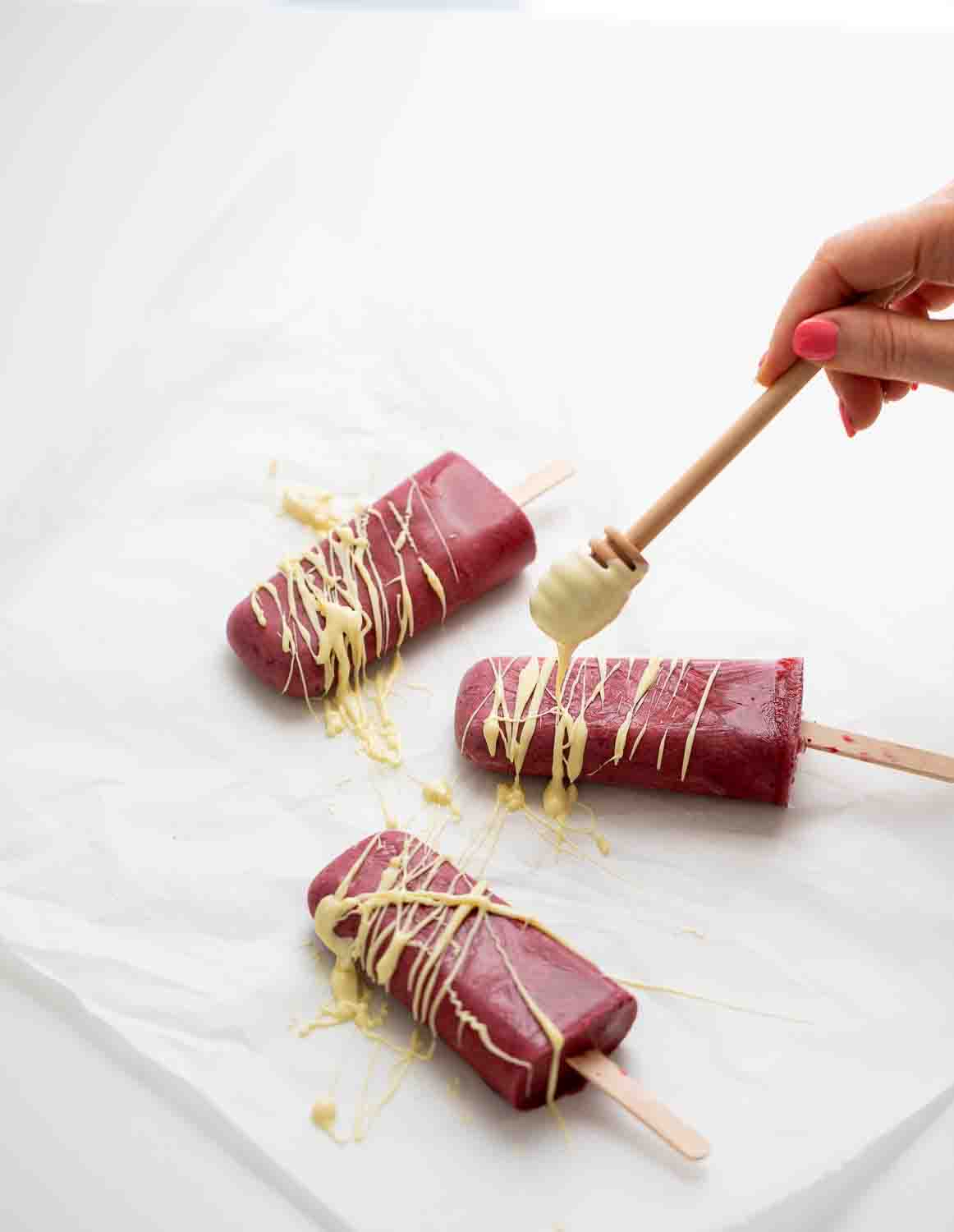Get a little creative with this simple homemade modelling dough
Styling and photography Sarah Heeringa


There is something so very satisfying about the feeling of soft dough between our fingers – and the simple pleasure of rolling and shaping modeling dough can both help you to be in the moment and to encourage new ideas to unfurl. Whip up a batch of this two-ingredient clay and get started today.
Sour dough is so cheap and easy to make and is a very pleasing material to play around with. Your creations can be as simple of ornate as you fancy. Try rolling the dough on heavy lace doillies to create a textured patterned surface.
Air-dry baking soda clay
- 2 cups baking soda
- 1 cup cornflour
- 1¼ cups cold water
Put the dry ingredients in a medium-sized pot and add the water, mixing together using a wooden spoon until smooth. Place over medium-low heat.
As the mixture warms up it will start to bubble, then quickly start to thicken. Stir the mixture constantly as it starts to solidify and clump together. Remove the pan from the heat as soon as all liquid has disappeared and the mixture resembles the consistency of soft mashed potatoes.
Scrape down the sides of the pot while the mixture is still warm and turn all the dough out onto a clean surface. As soon as the dough is cool enough to touch, knead it together into a smooth ball.
Modelling tips
· Baking soda clay is softer and can be less elastic than other clays, so rolling it out onto greaseproof paper will make it easier to handle.
· Roll the dough out evenly and use cardboard templates to cut it into the shapes you want.
· Lay shapes flat on greaseproof paper-lined baking trays, or drape them over small bowls to support them as they dry.
· When creating cones, cover a paper cone with greaseproof paper and put this inside the dough cone to support it as it dries.
· Slowly air-drying your creations will make them less likely to crack, so find a cool, safe place for them to dry and allow at least 3-4 days, depending on the thickness of the pieces. You can carefully flip pieces over occasionally to help them dry flat.
· Once pieces are fully dry you can glue them together using PVA glue or a hot glue gun.
· You can keep baking soda clay in an airtight container or wrap it in a damp towel to prevent it from drying out before you use it. However it is best to make the dough in small batches and use it while it is still fresh.
· Soda dough creations can be painted or coated in a clear varnish to help protect them. Or simply leave them white.





